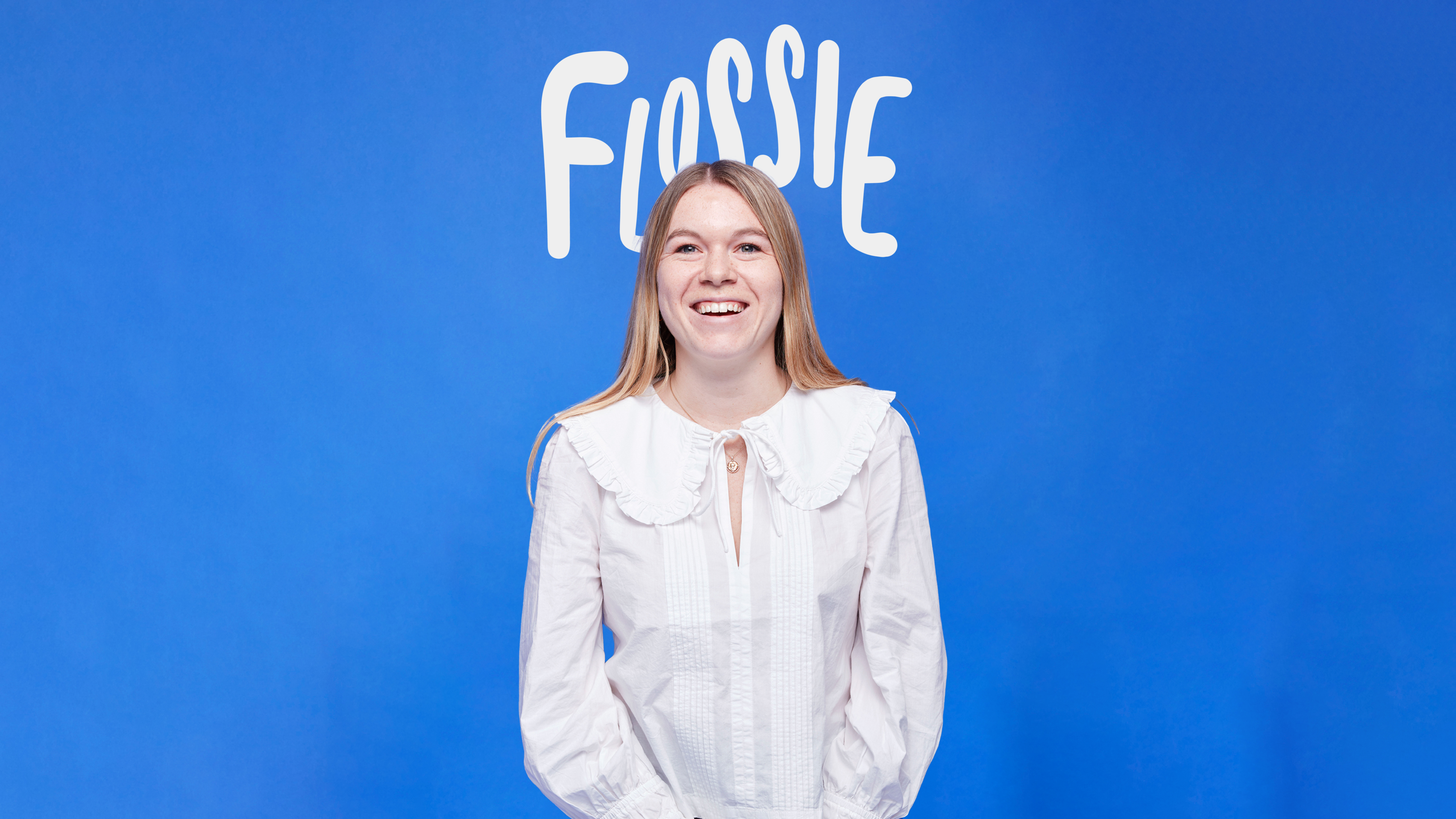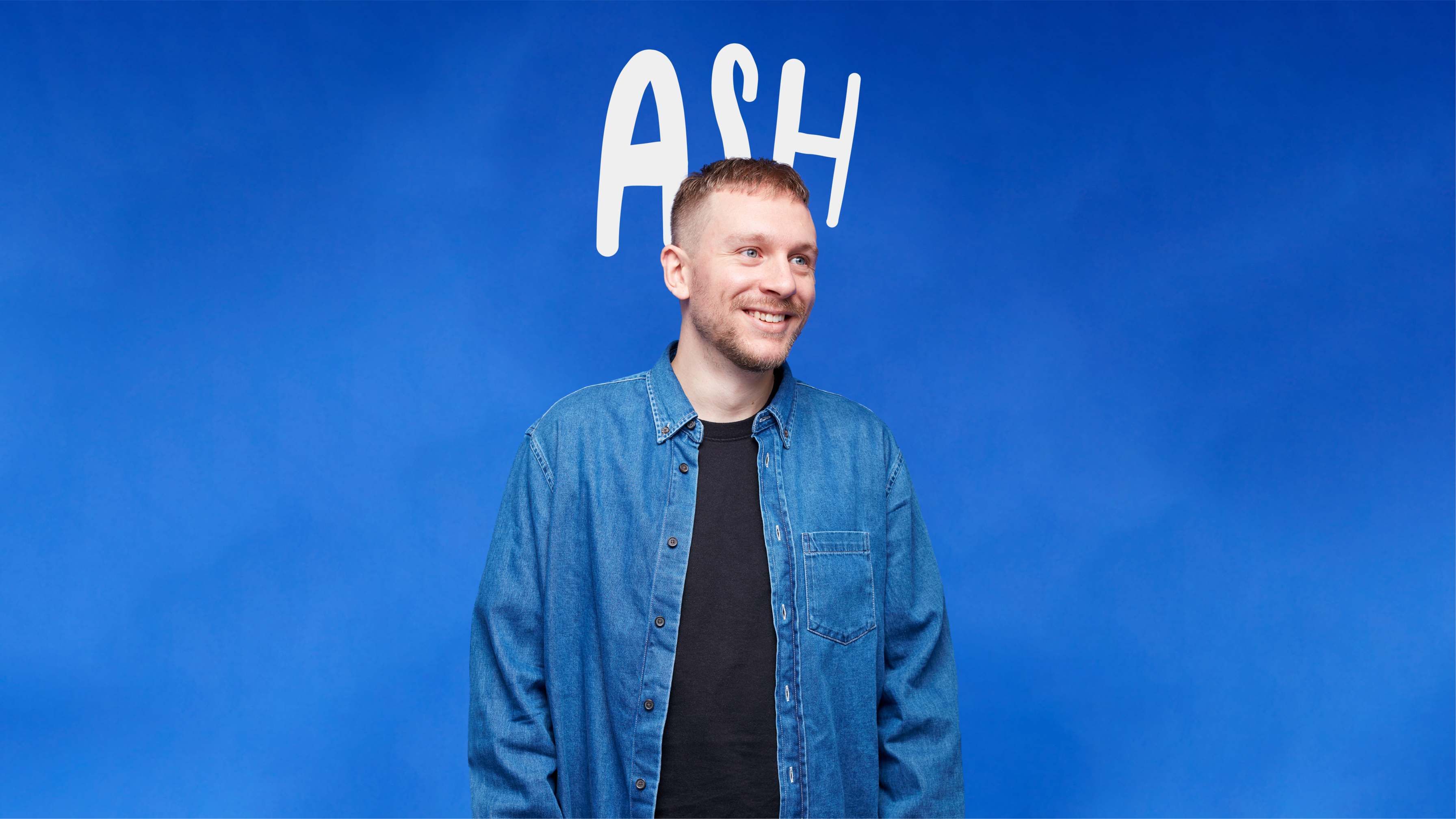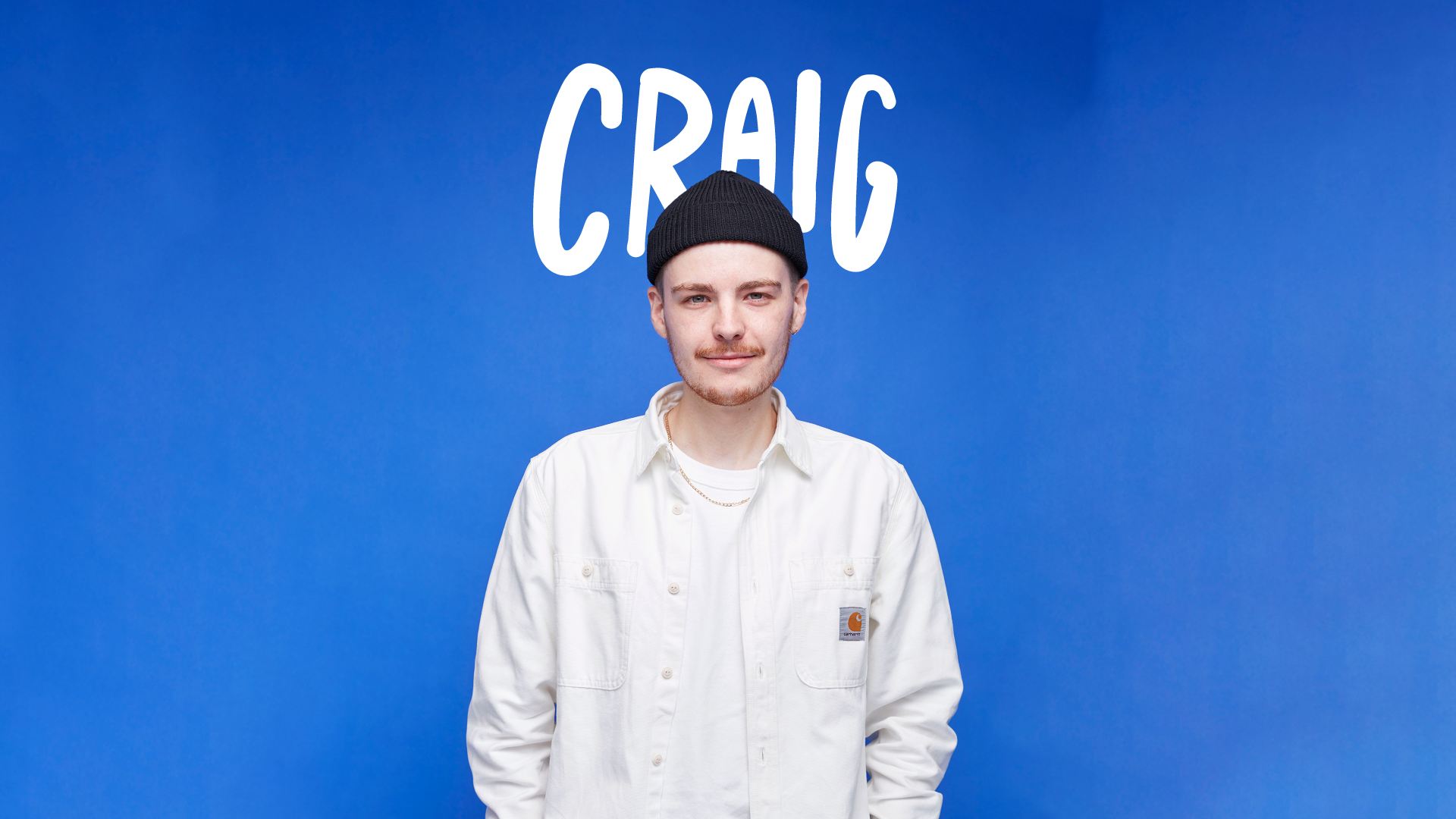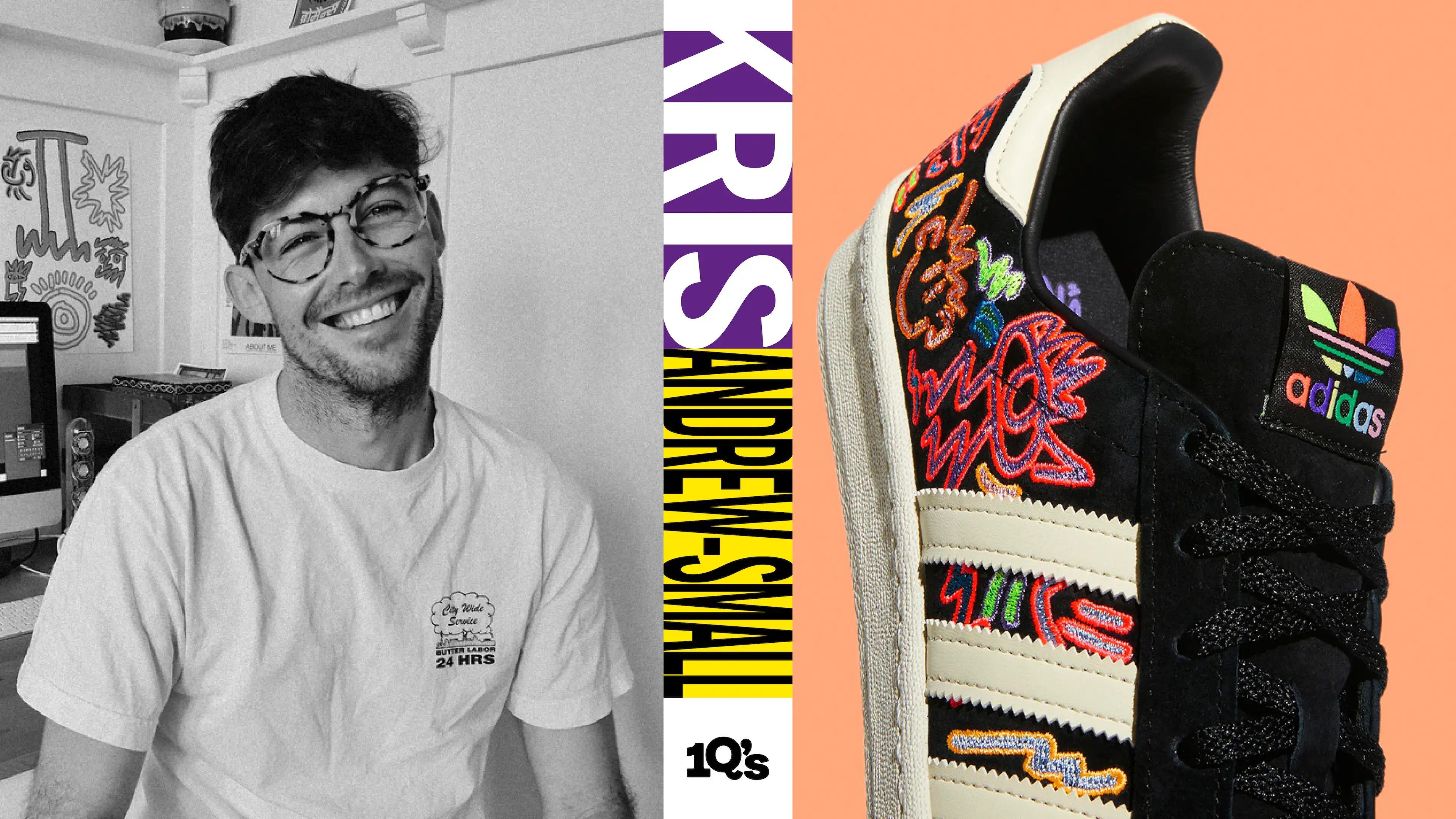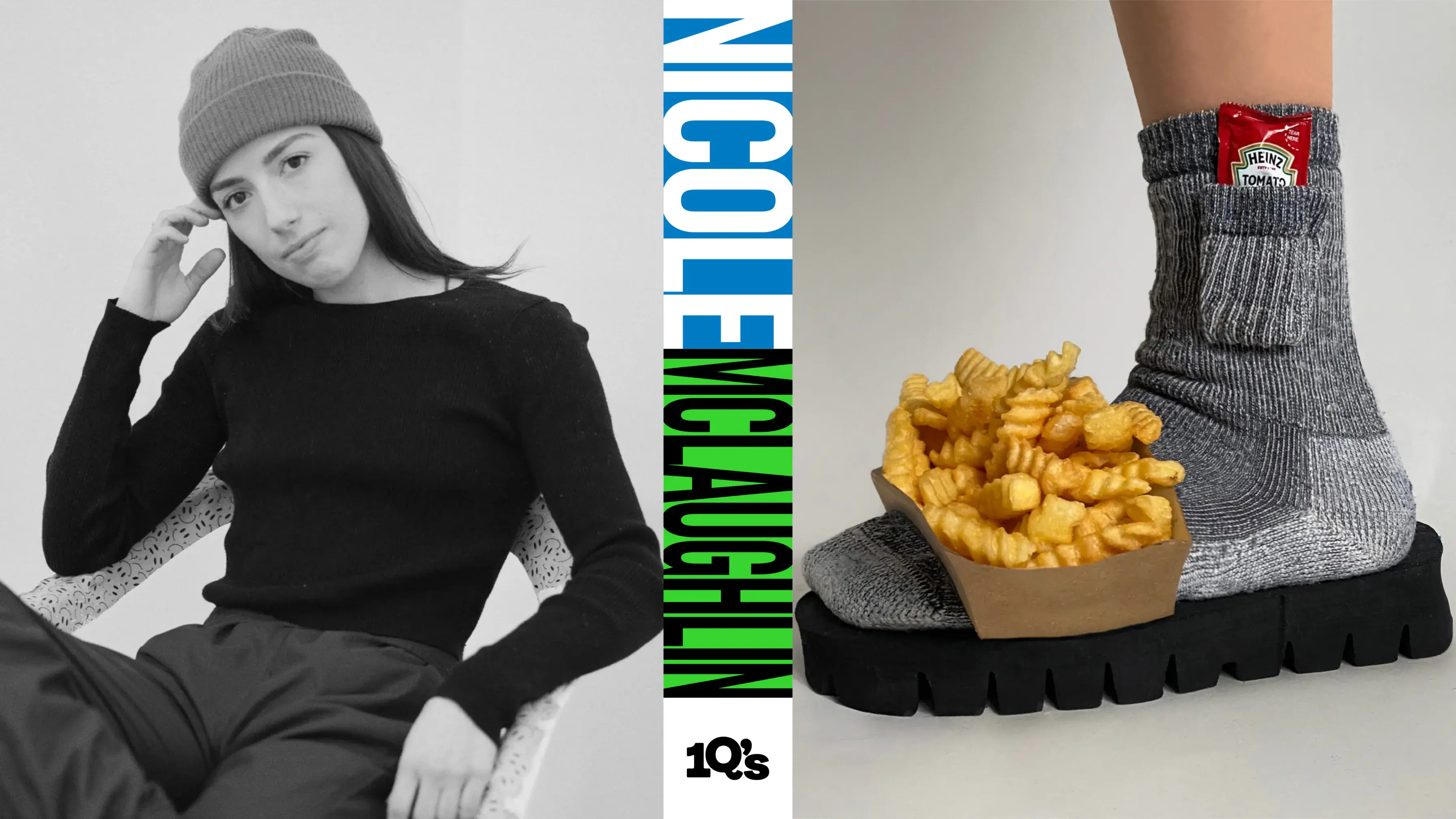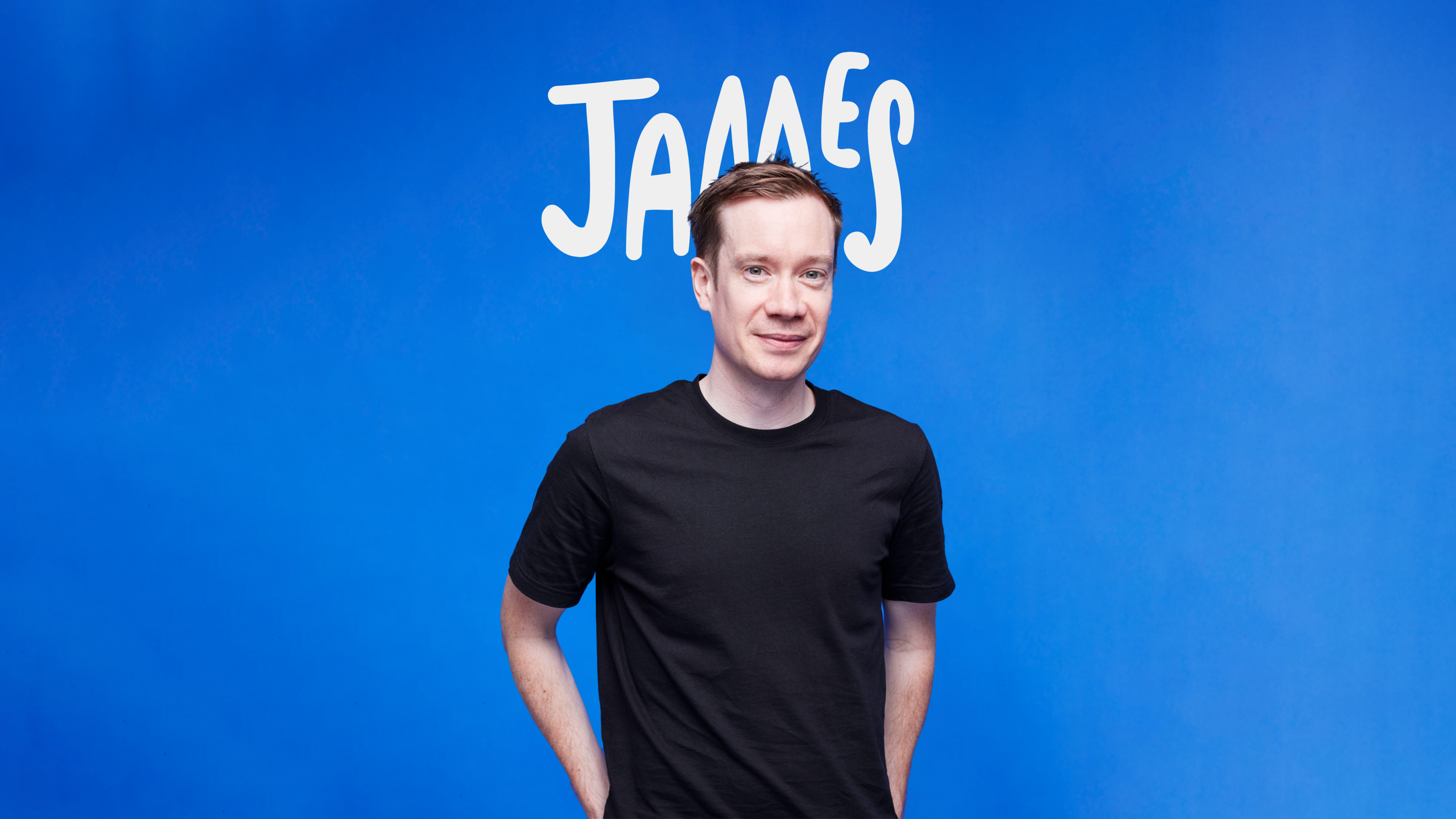
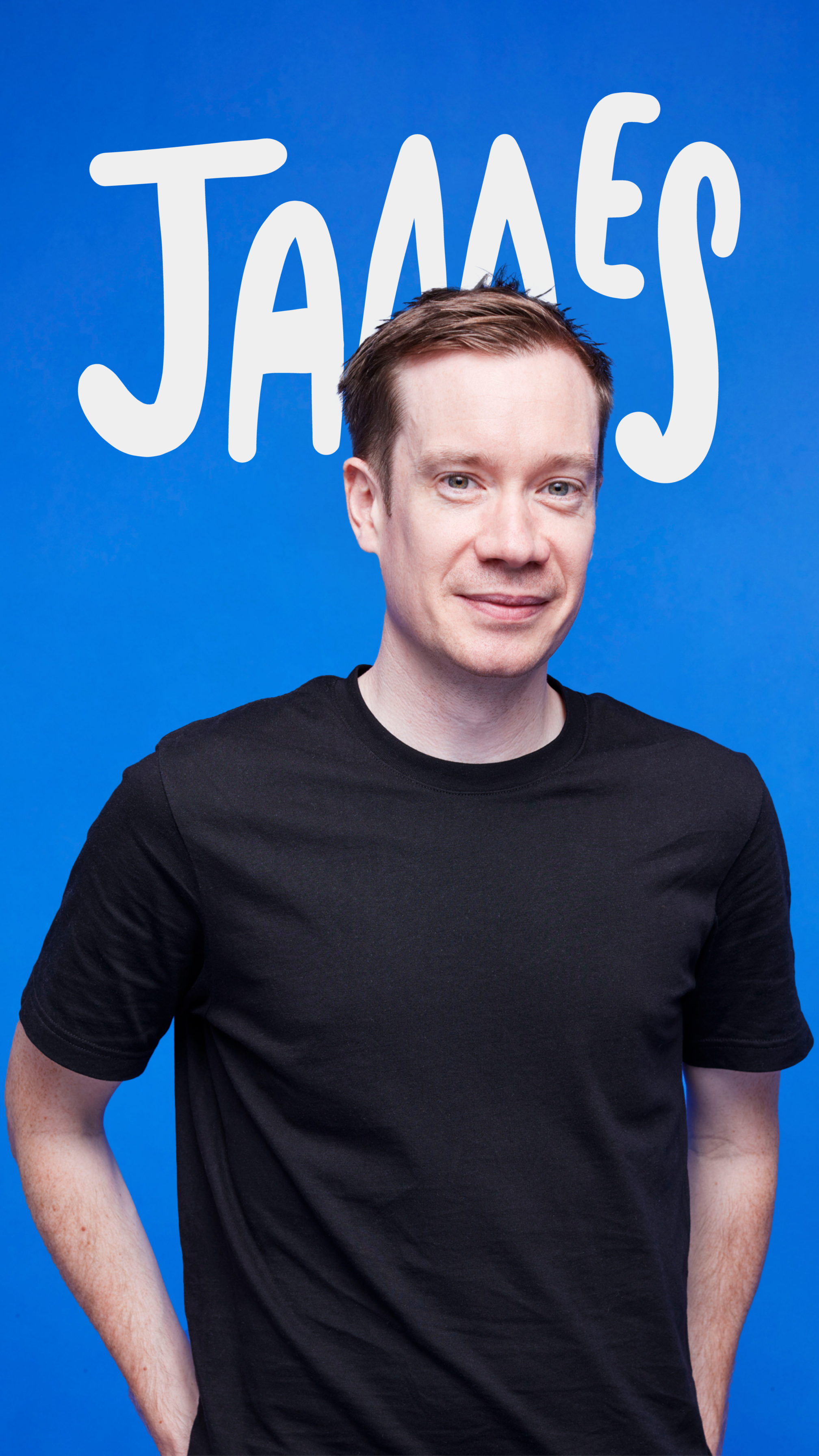
Behind the Studio – James Falconer
Behind the Studio, where we look closer to home and find out more about the people behind Nomad, this time with James Falconer, Creative Director at Nomad.
Who is your design hero?
There’s a few but I’ll go with three I always find myself checking out their website and Instagram regularly.
First is Jarred Hageman, also known as Chrome and Lightning. He taps into my nostalgic obsessions of 80’s airbrush art, and the animated title sequences that I loved watching when growing up (e.g. Terminator and Thundercats). I’ve lost count of how many times I’ve watched his showreel.
I’m also a big fan of Australian artist and designer, Jonathan Zawada. I first noticed his work on Rustie’s album cover Glass Swords on Warp Records. His collection work is a visual feast. A vast array of ideas and crazy, often surreal images make you wonder how he thought of it. The projections he did on the Sydney Opera House, Metamathmagical were stunning.
And finally Stephen Smith/Neasden Control Centre. My favourite illustrator for years. His book Neasden Control Centre, published by Die Gestalten Verlag in 2003 is still one of my faves on my shelf, and I’ve loved seeing how his work has continued to evolve since.
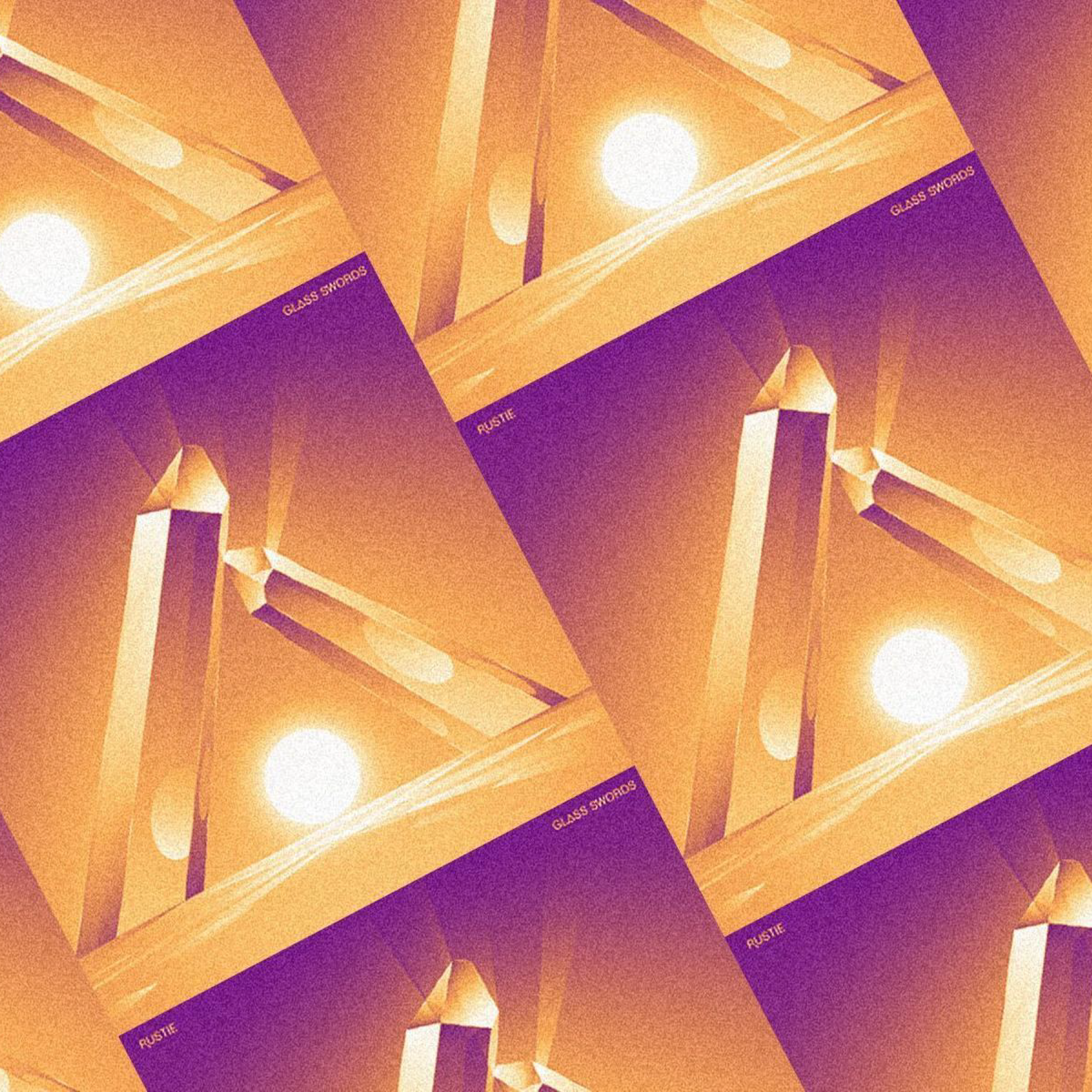
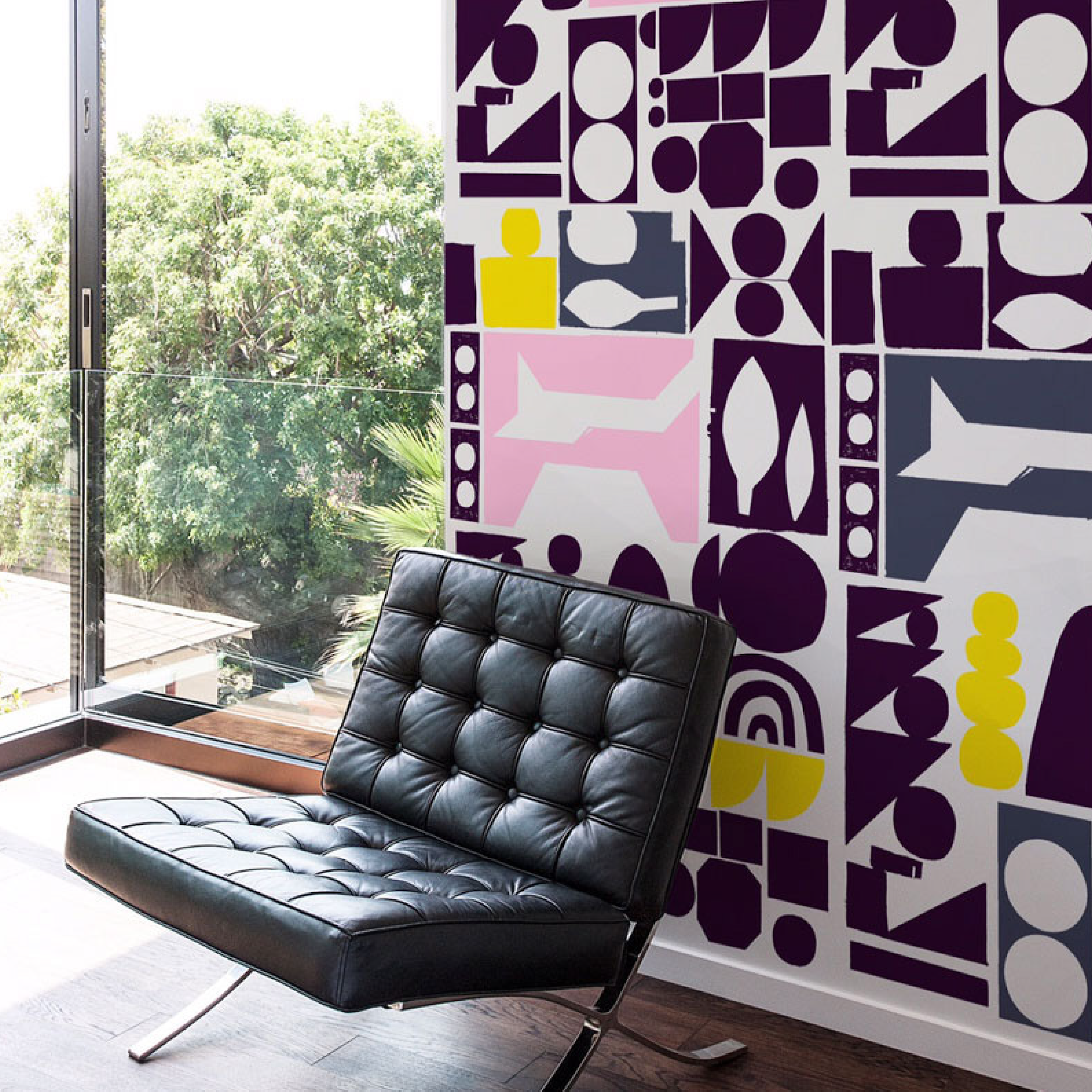
What’s the biggest challenge you’ve overcome in your career so far?
Being made redundant from my job back in 2008. I worked hard to turn a long internship into a full-time role but the economic recession hit the industry hard. I spent weeks phoning up design studios and sending my portfolio to try to find work. The competition through recruiters was tough as so many designers were in the same boat. It felt like an aimless task when the common response was ‘we’ve also made redundancies’.
I then just asked people for their time, and for the opportunity to meet face-to-face with my portfolio, rather than being so direct asking for work (something I realised I should have done from the start). Several studios happily obliged and invited me to their studio which I was super appreciative of. Over time my name was gradually passed around and I got my first freelance gig (shout out to Foxall Studio for the chat and Mike Reid for getting me in at Albion).
Beyond the stress of losing my job at the time, being made redundant turned out to be a good thing. It created new opportunities to meet and work with super talented people across London, and gain confidence working both in large creative teams as well as independently. I didn’t choose to freelance, but it’s now something I’ll always be thankful for.
What’s the best piece of advice you’ve ever heard?
Don’t add speed stripes. I remember my old boss Jonathan Ellery at Browns said to me ‘you wouldn’t put speed stripes on a Ferrari.’
I think of my day-to-day work in the same way. Does it need the extra typeface? Do you need that many type sizes? Does it need that many colours? Does it need all those effects?
The answer might be yes, but asking these types of questions provides logic and rationale, which ultimately makes it easier for clients to understand your work.
Do you collect anything, if so what and why?
I like to keep hold of objects from places I’ve visited over the years and stuff them in A6 Muji folders.
I started around the time I moved to London in 2007, initially as a way of collecting inspiration, holding onto postcards from galleries or flyers from gigs. But then it became more of a visual diary as I held onto train tickets from Tokyo, Ski passes, tickets from Brighton football matches, wristbands from events, my old business cards, Champions League lanyards, beer mats from my best mates stag do, my table name card from weddings.
The list goes on. I’m sure some people will think it’s a weird thing to do, but as the collection has gotten bigger over the years, I find it fascinating how much detail you remember from the day, when looking at an object you’d usually expect to be thrown away.
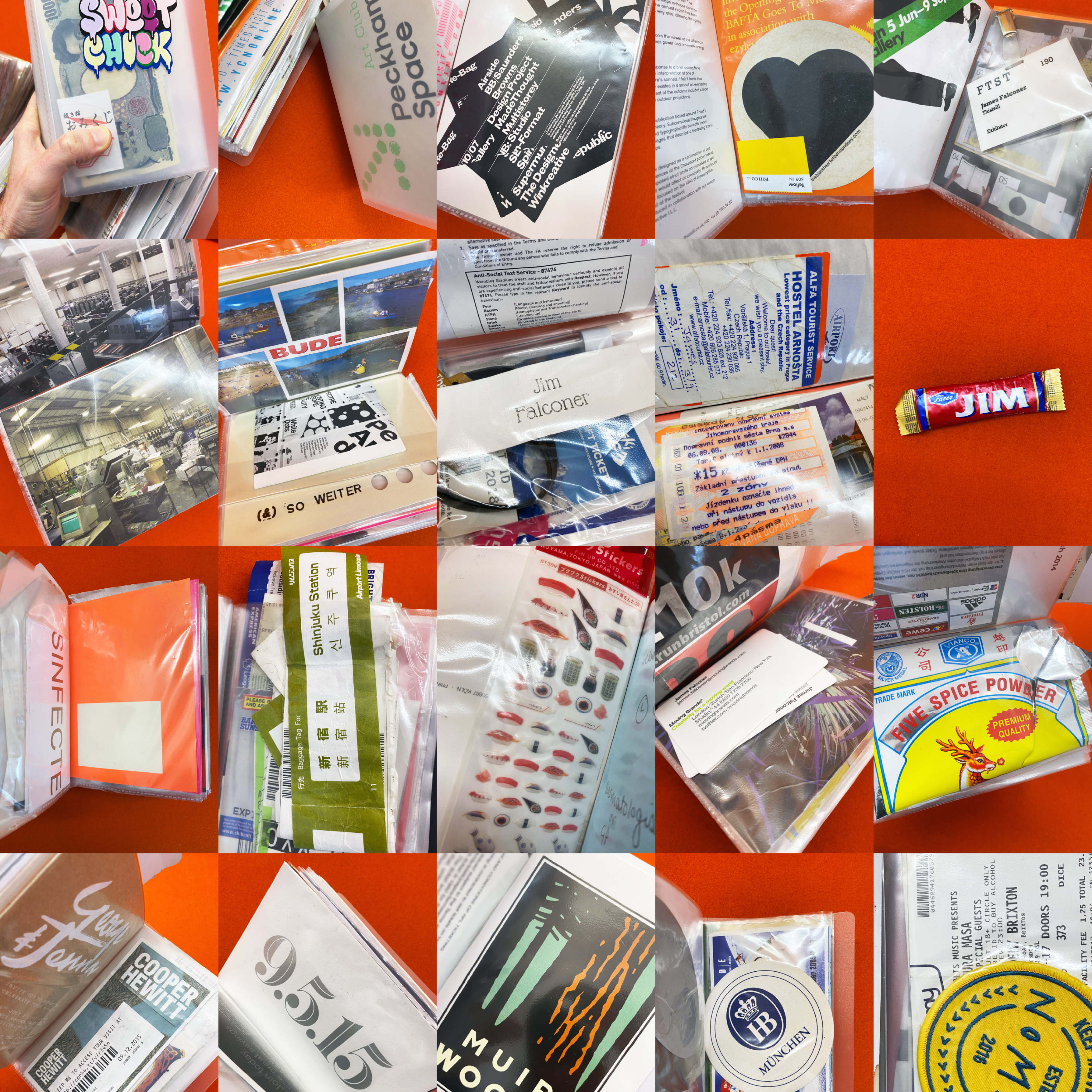
What does being creative mean to you?
I believe it’s when you truly express and manifest your thoughts, questions, ideas, curiosity, and talent. Pushing the creative side of your brain that extra mile and learning new things along the way.
As designers, we can say we are creative by describing what we do day-to-day, but true creativity I think is adding something beyond business as usual. The best creative inspires the next and often makes you think ‘I wish I’d thought of that’.
Words: James Falconer
Header Photography: Kieran Perry
Editor: Craig Berry
